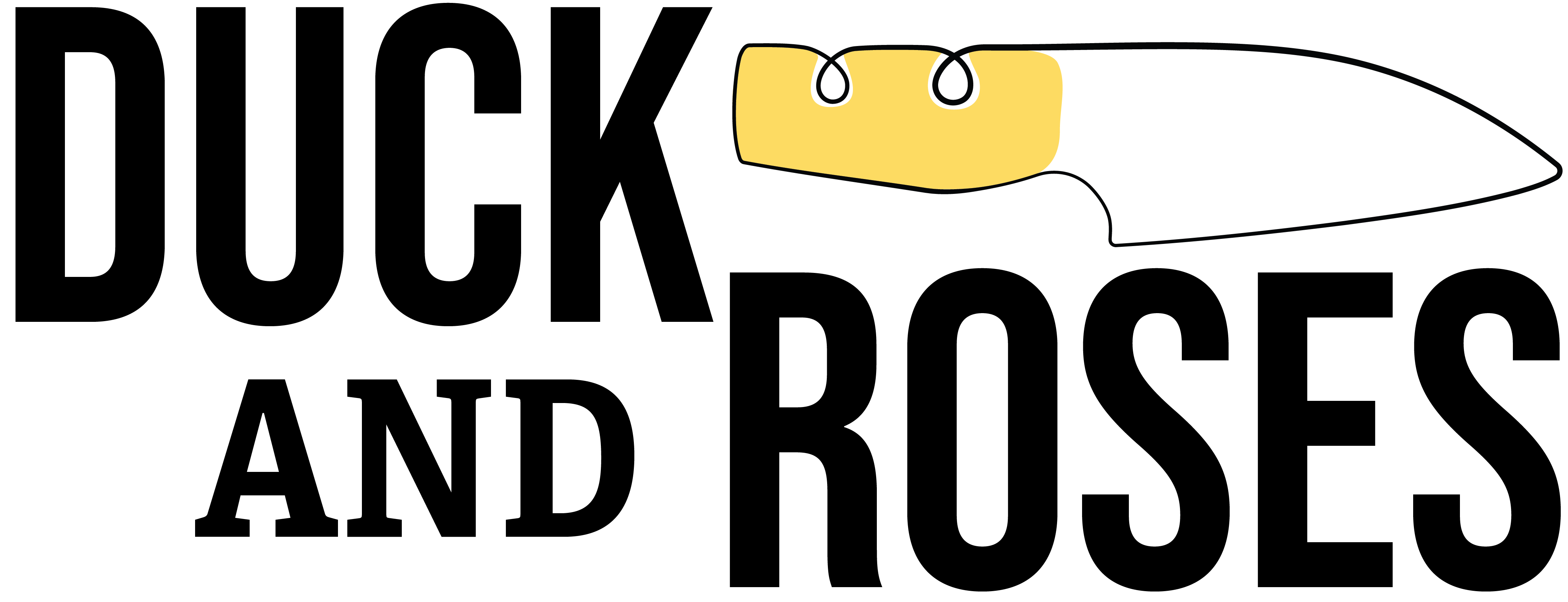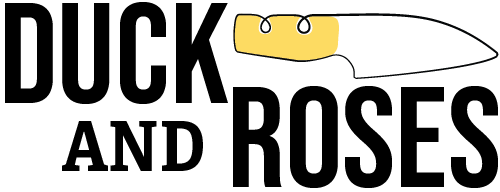During this wonderful journey of learning to cook there’s one thing that I have learnt – not all recipes work. In fact, I have been tearing out my hair over the years wondering why the results I have are nothing like the photograph in the recipe, and certainly nothing like the descriptions and ramblings the chef uses to introduce the dish. There was a saying that an old professor of Chemistry used to deliver at least once per week in his organic lectures: if it’s biology it breathes, if it’s physics it moves, and if it’s chemistry it doesn’t work. After a semester of fervent rib tickling with this gem of comedy genius I realised that there indeed may be some truth to it. Effectively, cooking is edible chemistry, and I know from my chemist days that to replicate an experimental result required the exact materials, ambient conditions, processes and energy (such as stirring or heating). Bearing this in mind, in a cooking context all these same principles apply.
Let’s take a really simple example. I want a soft boiled egg – nice and oozy yolk, with the white cooked properly. You are provided with one recipe that says place eggs in cold water, bring to the boil and then boil for three and a half minutes, after which immediately run the eggs under cold water for 20 seconds, and then serve. What could possibly go wrong? First off the egg type; is it small, medium small, medium, medium large, large or dinosaur? Is the egg free range, organic or from a caged bird?(Please whatever you do, if you are not already doing it, use free range eggs – the taste and texture is infinitely better). Is the egg at room temperature or cold straight from the fridge? How many eggs are you cooking at the one time? The choice and number of eggs has a huge influence on whether this recipe works.
Next, how cold is your water when you start? Is it iced, cold or tepid? What method of heating are you using? On a high gas powered ring the water will come to boiling point much quicker than on a small electric powered ring meaning the egg will be exposed to the warmer water for less time. If the heating method is really slow then the egg may be cooked before you even reach boiling point. Have you ever heard of the 63 degree egg? This is almost a sous vide method where the egg cooks in its own shell for 45 minutes at 63 deg C. The story goes that in ancient Japan the ladies would take the eggs down to the hot springs where they would bathe with their eggs. The eggs would cook over a period of time until perfectly soft and luxuriously runny – ready in time for lunch. I have tried this as a cooking method and the result is quite astounding (note: I didn’t bathe like the Japanese ladies as the visions of me with half a dozen eggs in a bubble bath is not really that conducive to appetite). So back on track, the heating methods, the temperature of the water and the ambient conditions all have a part to play in determining whether the recipe will work.
What I am trying to convey here, is that there are so many variables and conditions when it comes to cooking that it is no wonder that recipes usually don’t work out the first time. The first failure should be inspiration to refine a recipe according to your produce, cooking equipment and environment. I try and get an understanding of what is happening when I cook so I can then best work out by judgement or experience a way to great results. For example, macarons are the most temperamental of existences, and still after 2 years of trying to perfect them I have still some way to go. However, over those two years I have learnt a lot about meringues, such as why they collapse (fat from any residual egg yolk, over working or humid environment) to understanding the levels of protein and sugar required to stabilise the meringue. As I say it’s still a work in progress, but the more we cook and understand about the produce and our own individual kitchens the greater the chance that recipes will work. And it gets to the point you are so culinary savvy that you end up creating the recipes!
One of the drivers behind Duck and Roses is to present recipes in a clear and concise way. There are some pretty badly written recipes on the internet – and I am not only talking of amateur or hobbyist cooks, I am talking about on the websites of very well-known chefs. This is not an indictment on those chefs, as most of the recipes are probably written and posted by a third party, but I have come across even in expensive books, a lack of detail here and there that has a profound effect on the outcome. I will endeavour to write out the recipes on this blog with clarity and in fullness. However, these are recipes that have worked in my kitchen with the particular produce I have used, so am sure that they will need tweaking to suit your environment and tools. A recipe should only be taken as a guide and not an absolute – the absolute is the exciting part of discovery and creativity. I am just off now to take a shower with my eggs.




2 comments
Love this blog can you talk me through showering with the eggs what a great idea to save time when I am always in a ruch am’s
I must admit it’s a bit of a juggling act, and 63 deg C takes some getting used to as a shower temperature, but once achieved the convenience of showering and making breakfast at the same time is one that I am sure will catch on. Glad you love the blog.